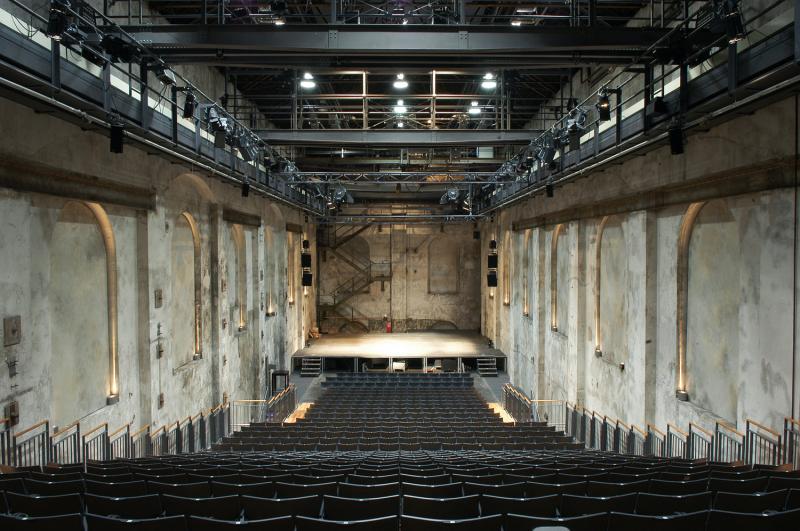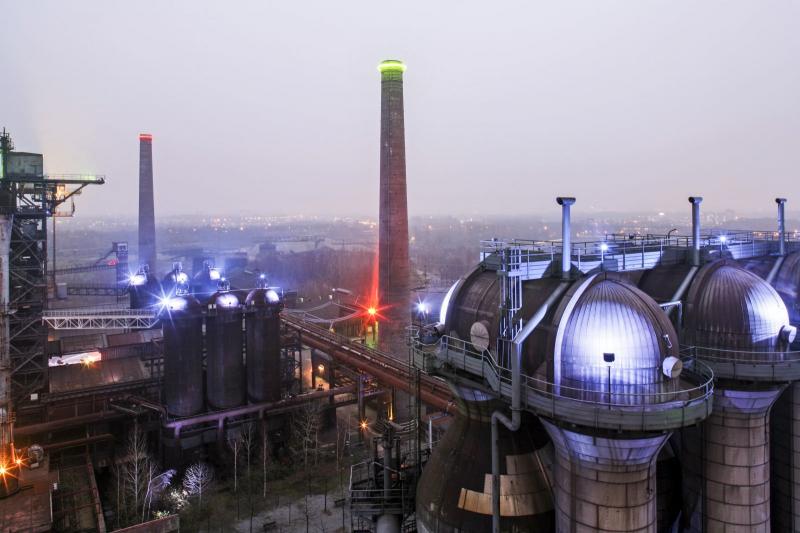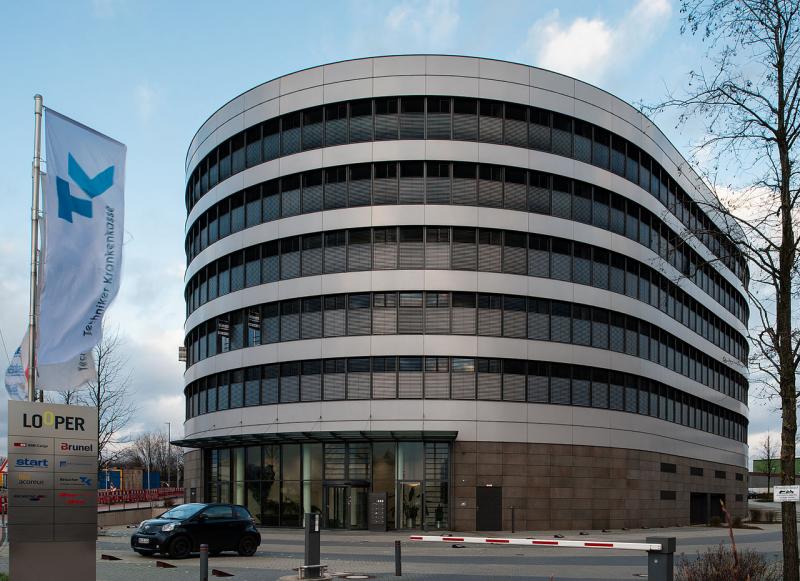Emmericher Straße, Welschenkamp, 47138 Duisburg
Icon legend
![]() This icon indicates an awarded building
This icon indicates an awarded building
![]() This icon indicates a listed building
This icon indicates a listed building
![]() Projects with this logo are on the UNESCO World Cultural Heritage list
Projects with this logo are on the UNESCO World Cultural Heritage list
![]() Project has been converted, renovated or extended
Project has been converted, renovated or extended
x close
![]()
![]()
1927 / 28
Architekt Karl Pregizer Architekt Hermann Bräuhäuser Architekt Heinrich Bähr
Stadt Duisburg GEBAG Duisburger Gemeinnützige Baugesellschaft AG
Advanced search with more criteria
Total projects: 483

47137 Duisburg
Distance: 1.76 km

47137 Duisburg
Distance: 2.16 km

47051 Duisburg
Distance: 2.91 km
Ratingsee is an example of a residential estate built to meet the acute housing shortage in the Duisburg city area during the Weimar Republic. It was built in 1927/28 nearby a lake that had been filled in. The estate has since typified the so-called “Neues Bauen”, an architectural reform movement that aimed to qualitatively improve living comfort in the most humble of flats. At a time of social distress and extreme housing shortages, family-oriented, affordably-priced houses with gardens were built with ambitious social aims. Through the consistent use of only one type of house, the estate is also in line with the most modern architectural and urban development notions. The Ratingsee estate features generously-proportioned open areas, with centrally situated private and communal open space predominating in the local area.
Of the 215 houses built, 184 are still standing today. The estate’s tenancy structure includes many older residents still on contracts dating from the 1950s and 1960s. Many older people feel at home here. However, the estate is increasingly undergoing a generational change. The younger generation, aged from 25 to 35, are taking over houses belonging to their parents or grandparents. Since 1998 the estate has been a registered protected historic monument and its buildings are now historically protected. The modernisation of the centrally located estate was financed with public funding. Since 2006 some rental properties have also been privatised in favour of tenants.
Author: Route der Wohnkultur
Last changed on 14.08.2023
Categories:
Urban Design » Square and Neighbourhood Planning
Architecture » Residential buildings » Multiple Housing